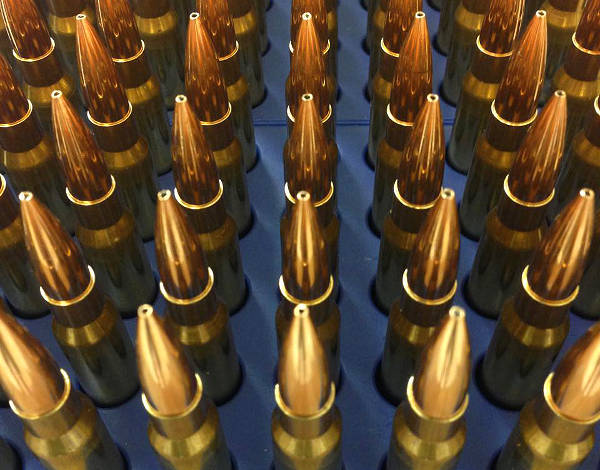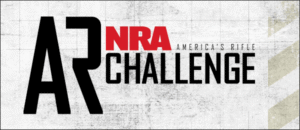June 22nd 2023How To Load Straighter Ammo With Reduced Cartridge run-outThe U.S. Army Marksmanship Unit posted a series of “how-to’s” on the USAMU’s Facebook page. The USAMU’s reloading experts examined the issue of cartridge run-out, and what could be done to produce straighter ammunition. The USAMU reloading team has developed clever methods to improve concentricity with budget-priced ammo dies. Visit the USAMU’s Facebook page for more hand-loading advice. Minimizing Runout With Standard Seating DietsThis USAMU article explains to how to set standard bullet seating dies up to minimize Total Indicate Run-Out (TIR). Since most handloaders use a single-stage pressing, the loading process will be described using this press. After we have primed and charged our brass and sized it, the next step will be to seat the bullets. There are many ways to do this, but one that works best is described below. When setting up a seating die for a standard, insert a case that has been sized and trimmed into the shellholder, then fully raise the press ram. Then, screw the die until the internal crimping shoulders touches the case mouth. Back the die out 1/4 of a turn from this setting in order to prevent cartridge crimping. Then lower the press ram, and remove the case. Place a flat piece of steel (or windowglass, which is also flat) on the caseholder and raise the ram. Apply tension to the die bottom while the flat steel is on the shellholder. This will help center the die on the press threads. This can be checked by gently moving the die to ensure it is centered. Secure the die lock ring while maintaining light tension on die via press ram. If you were using a micrometer-style seating die, it would be easy to do the next step: insert a case with a bullet on top and screw down the seating stem. This will give you the correct cartridge OAL. Set the correct seating depth on a die with a loosely threaded seating stem. Do not tighten the stem lock nut. To center the seating stem, leave a fully loaded cartridge in the die. Secure the stem’s locking nut. Then, load some cartridges to check for good concentricity. You can also experiment by letting the seating nut float in the die a little to self-center it, while maintaining the correct OAL. The run-out gauge can show the effects of any changes on concentricity. This method has yielded excellent results, as demonstrated by the experiment previously cited. The reader will find these results (TIR Study 2). First, let’s look at the run-out figures for some factory-loaded matches. This should give new TIR gauge users some perspective on the TIR ranges they might encounter.TIR study 1: 50 rounds Lake City Match 7.62mm(168 gr. Sierra MatchKings)
0.000″ – 0.001″ = 2%
0.001″ – 0.002″ = 30%
0.002″ – 0.003″ = 16%
0.003″ – 0.004″ = 22%
0.004″ – 0.005″ = 14%
0.005″ – 0.006″ = 14%
0.006″ – 0.007″ = 0%
Standard dies, TIR
0.000″ — 0.001″ = 52%;
0.001″- 0.002″ = 40%;
0.002″- 0.003″ = 8%.
None greater than 0.003″.Lesser-quality “Match” dies, TIR:
0.000″- 0.001″ = 46%;
0.001″ — 0.002″ = 30%;
0.002″ — 0.003″ = 20%;
Note: Both samples were loaded using O-Rings, i.e. These tips are meant to help shooters get the best results possible from standard, inexpensive loading dies. When using brass and match dies that have been used to load cases fired in a concentric chamber as shown above, you can get ammo with almost no runout.

















